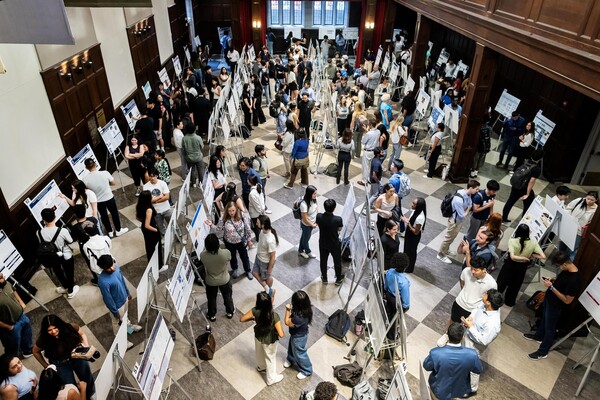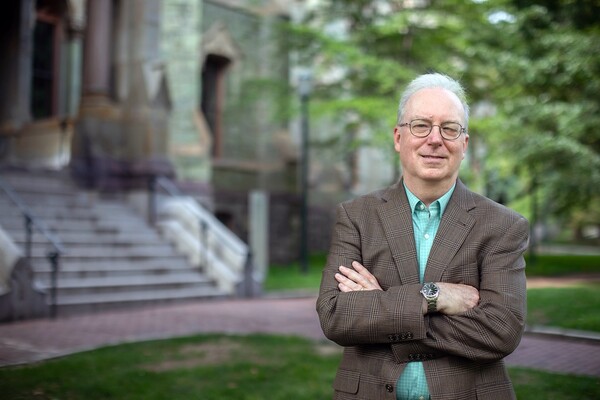
Image: Mininyx Doodle via Getty Images
Across the country, more than 10,000 patients are waiting for liver transplants, and some patients run out of time waiting for a new organ. Initial results from a research study at the Perelman School of Medicine mark a milestone in the quest for a more effective option to “bridge” critically ill patients to liver transplant. The research team has announced the first successful completion of an experiment to circulate a recently deceased donor’s blood through a genetically engineered pig liver outside their body—an effort the team plans to study further in hopes of providing options to save more patients from dying while waiting for transplants.
During the experimental procedure, the donor’s circulatory system and breathing were maintained after examinations determined they had experienced brain death and their organs were not suitable to be donated to others. The donor’s own liver was kept in place, while a porcine liver was connected to the body using blood-carrying tubes to evaluate its potential to serve as a perfusion vehicle. The porcine liver showed no signs of liver inflammation during the 72-hour study period, while the donor’s body remained physiologically very stable. The research team says the initial results—which will be followed by refining the procedure on an additional three deceased donors—shows promise for those with liver disease.
“Any time a patient dies while waiting for a transplant, it is a tragedy, and we are always working to develop new ways to extend their lives,” says Abraham Shaked, of the Penn Transplant Institute and the Eldridge L. Eliason Professor of Surgery, who led the study. “The success of the first part of our study is significant for those facing liver failure, offering a glimpse into a future where innovative solutions can bring hope to patients who might otherwise be destined to die while waiting for a transplant."
This story is by Matt Toal. Read more at Penn Medicine News.
From Penn Medicine News

Image: Mininyx Doodle via Getty Images

nocred

Image: Pencho Chukov via Getty Images

Charles Kane, Christopher H. Browne Distinguished Professor of Physics at Penn’s School of Arts & Sciences.
(Image: Brooke Sietinsons)